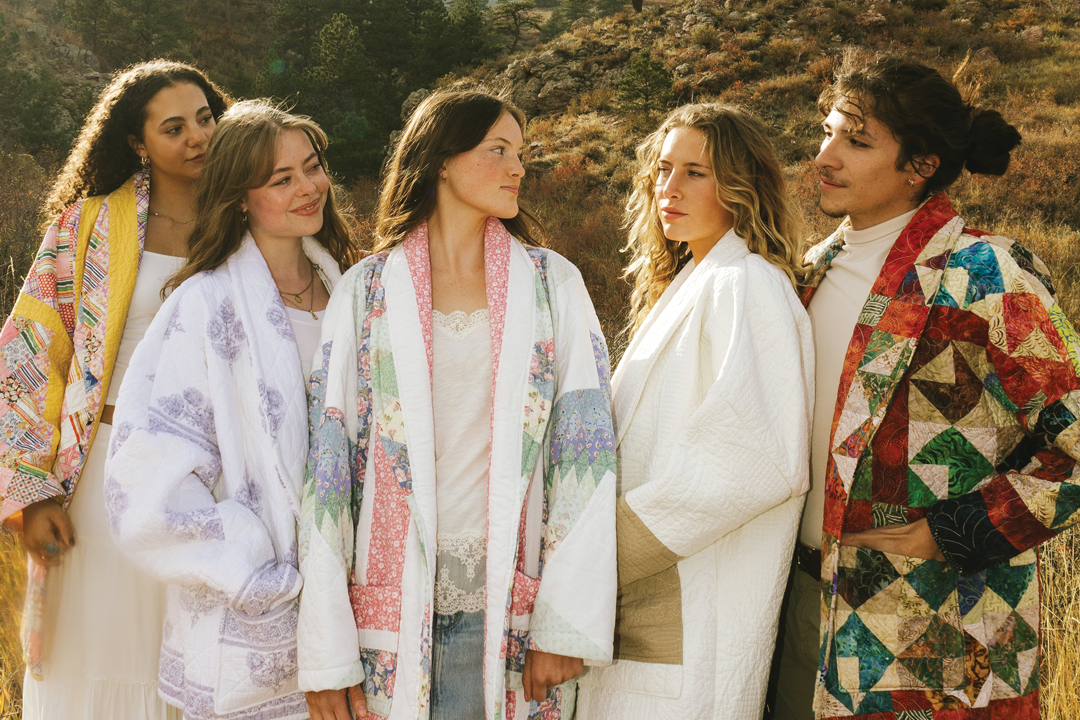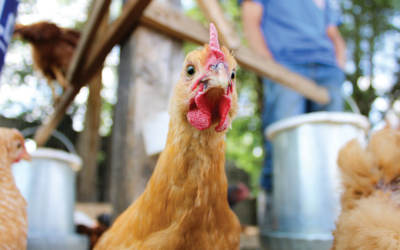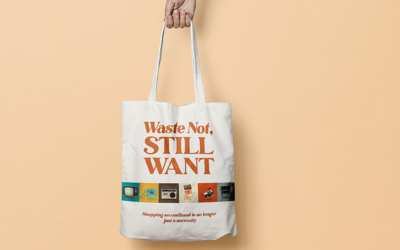It wasn’t until Snow White began working on a business plan for her women’s boutique that she started paying closer attention to how clothing is made. What the Longmont woman discovered wasn’t exactly a fairytale.
White watched, horrified, as news anchors described a building collapse in India’s garment district.
“Officials had been hearing from workers that this building was really old and crumbling, and nobody was doing anything about it,” White says of the incident, which happened about a decade ago. “They were pulling bodies out that were children.”
It was then that White found a direction for her shop, Snow Apparel—and yes, she tells her customers, her real name is actually Snow White.
“I told my husband, ‘I’m still doing a boutique, but I am going to do it ethically,’” she says.
When her shop opened in 2017, White had about four brands with products that met her criteria: Each piece must be ethically produced in the U.S. or Canada, and most must be made with natural, organic and sustainable fabric.
Because it was so difficult to find ethical suppliers, White at first filled the store with artwork to cover blank spaces along the wall and out on the floor. Since then, she says her customer base has grown along with her offerings.
“Now I’m at the point where I don’t need any artwork,” she says. “The clothes are the art.”
The boutique ecosystem
White’s store is part of a small but mighty sustainable boutique ecosystem in Northern Colorado that is growing in step with consumers’ appetite for more ethical products. While each boutique on its own may not be a major threat to large, “fast fashion” brands like H&M, their small footprint is helping to propel better shopping practices, says Sonali Diddi, an associate professor in Colorado State University’s Department of Design and Merchandising.
Shopping local, especially at sustainable boutiques, helps consumers get familiar with the source of their clothing, Diddi says. She adds that they don’t have the big inventory that leads to the kind of excessive production big-box stores and fast fashion brands like Shein experience. What’s more, consumers can often take their clothing back to a sustainable boutique for repairs to keep it out of the landfill.
That, Diddi says, is an important step in fixing the major ecological problems caused by modern textile production and consumption. Americans throw about 11 million tons of textiles in the landfill every year, she says. In addition, about 65 percent of the global fashion market is synthetic based, meaning that clothing takes more natural resources, like water, energy and land, to produce. The fashion industry is responsible for about 10 percent of the global carbon emissions produced on Earth, and it generates about 20 percent of the world’s wastewater, she says.
“I think now it’s becoming a new fashion to be renewable and not wasteful,” Diddi says.
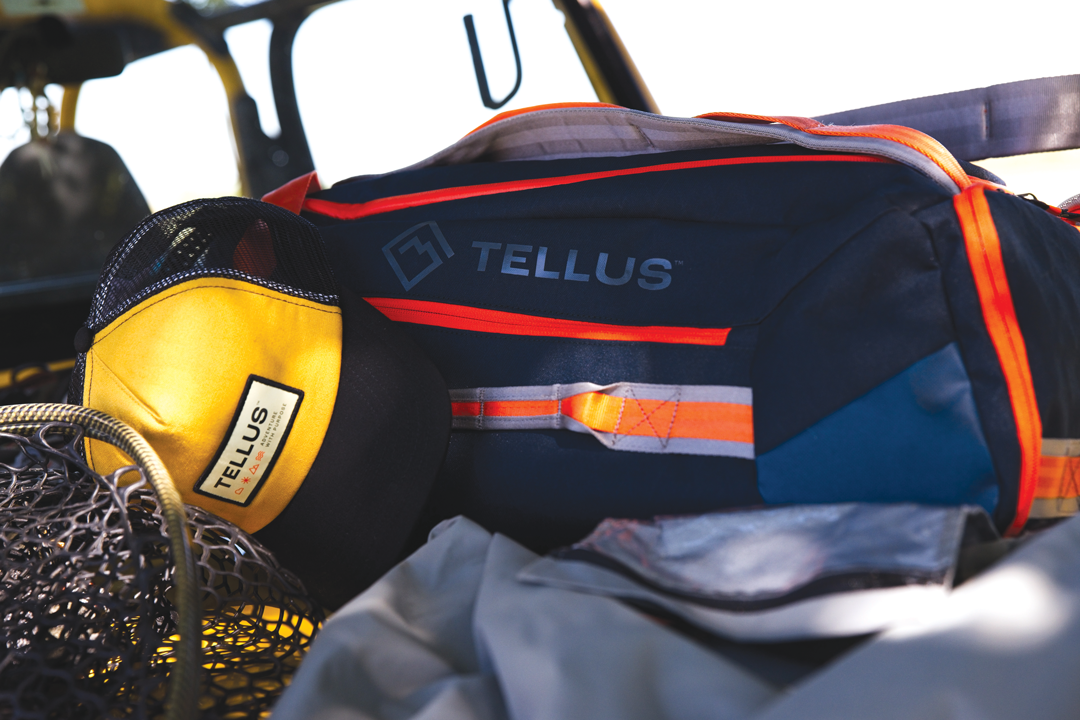
Tellus gear. Photo by Ray Tollison.
Synthetic clothing also contributes to the microplastics problem: Every time a consumer washes a piece of synthetic clothing, they release millions of microplastic particles into our waterways, she says.
“What we are now seeing is an over-consumption epidemic in the U.S., and I’m pretty sure [the same is true] in other developed countries, where consumers can get a piece of clothing for less than the price of a coffee,” Diddi says.
Maggie Naffziger opened her shop, Create Good Company, in downtown Fort Collins in hopes of diverting textiles such as used men’s dress shirts and tablecloths from the landfill. Naffziger looks for gently used clothing at thrift stores, estate sales, yard sales and online to incorporate in original designs that she and one other employee create at sewing machines near the front of her store.
Since launching the Create Good brand in 2016, Naffziger estimates she has worked on about 30 original designs and made thousands of pieces of clothing.
“It’s fun to remind people that there is somebody always making the clothing you’re wearing, whether you see them or not,” she says.
Outdoor apparel that’s good for the outdoors
Just a few blocks away from Create Good, local outdoor apparel company Tellus is on a similar mission. Fort Collins residents Joe and Melissa Basta opened the company’s storefront in December 2023 as a social enterprise, committing 100 percent of their net profits to environmental causes.
All of the products in the store are designed locally, made completely out of either recycled or organic materials and are made in textile mills that have been certified for ethical labor practices. The pair also hosts community events in the store for local organizations dedicated to environmental causes.
After they met in the Peace Corps in the 1990s, Joe says he saw firsthand how people in different parts of the global supply chain are treated.
“Typically the farmer gets the smallest piece of the pie,” he recalls of his time working with cocoa farmers. “The farmer got $1, the person that transported with the truck got $3 and the exporter got $6.”
The couple’s experiences abroad have colored how they approach their business. They hand-picked several ethical factories in Vietnam to stitch Tellus clothing and enlisted the help of a CSU intern to verify other certified sustainable factories around the world.
“It’s just very important that we treat every aspect of that supply chain fairly all the way back to the mills and to the factories,” Joe says.
Since its opening, Tellus has generated $22,000 in net profits that the Bastas have donated to three different causes with The Nature Conservancy. When a customer makes a purchase, they can choose one of the causes that their money will go toward: coral reef protection, reforestation in Colorado or land and water protection across the 50 U.S. states.
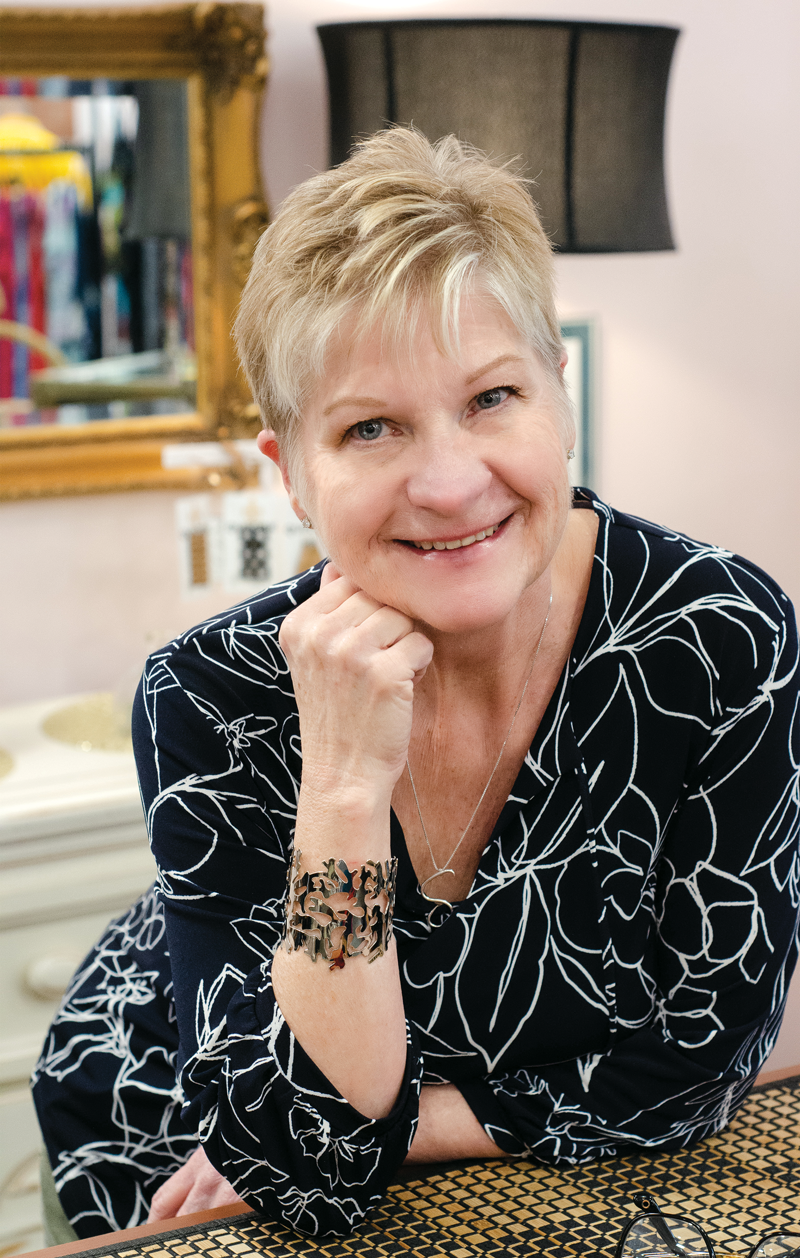
Snow White
Melissa says the pair plans to focus on online sales this year and extend their reach past Fort Collins. One of the biggest hurdles with customers is helping them understand how recycled goods work, she says. The process of breaking down synthetic fabrics can be long and costly, which drives the cost up on materials.
And then there’s what Melissa calls the “trust factor.” It takes time to build trust with customers and prove that Tellus is doing all the things it promises.
According to Diddi, the use of organic materials in products is best for the environment because it promotes textile circularity. When an organic piece of clothing is no longer wearable, it can be broken down into different materials used in another industry, or it can be remade into a new garment. She cites some strides in states like California and New York, which have recently passed laws mandating textile circularity.
Even so, Diddi says many shoppers still have a long way to go in improving their clothing consumption. Younger generations have reignited more sustainable practices like swapping, sharing and thrifting, but she warns that even thrifting can bring on the wrong mindset.
“I have seen when consumers, especially younger consumers, use thrifting as a way to over-consume,” Diddi says.
Rather than buying only what one needs, thrifting can invite consumers to buy more because they can afford it, she says. That translates to more detrimental overconsumption if and when that consumer climbs the economic ladder.
For White at Snow Apparel, transitioning more women to long-lasting, small-batch pieces and cut-to-order clothing is a personal mission. It’s as local as you can get because it started with her own experiences. That’s why she used her own name for her storefront.
“I am my customer,” she says. “I am the store and the store is me.”
How to be a More Sustainable Shopper
Local boutique owners know all too well the struggles that come with identifying clothing made with sustainable materials and fair labor practices. Here, a few experts offer their advice for how to transition to more ethical shopping practices.
Read the tag. Snow White, owner of Snow Apparel in Longmont, says new garments of clothing are required by law to have a tag that reveals the piece’s country of origin. She opts only for clothing made in the U.S. because it guarantees that those who made the garment were protected by federal fair labor laws. Joe and Melissa Basta, owners of Tellus in Fort Collins, say they rely mostly on clothing made in Vietnam, which is also known for better labor protection and high-quality stitching.
Take inventory of what you already own. Think about the longevity of your closet and what you want it to look like, says Maggie Naffziger, owner of Create Good Company in Fort Collins. Every time she looks into buying a new article of clothing, she thinks through how she would wear it and how long she would keep it. “Just doing a personal check-in really helps you understand what you’re going to wear for more than one season,” she says.
Consider where your new garment is headed next. Sonali Diddi, with CSU’s Department of Design and Merchandising, says a good way to prevent overconsumption is to plan for where your clothing will end up. Ideally, she says the garment should go to someone in the local community—perhaps a friend or family member—where it is guaranteed to be worn in the way it was intended. Simply decluttering by donating to thrift stores ensures an out-of-sight, out-of-mind mentality, which can strengthen our single-use culture, she says.
Research the brand you’re interested in. Melissa Basta, co-owner of Tellus, often consults an app called Good On You. The site scores clothing and beauty brands based on how positively or negatively they affect people, animals and the planet.


